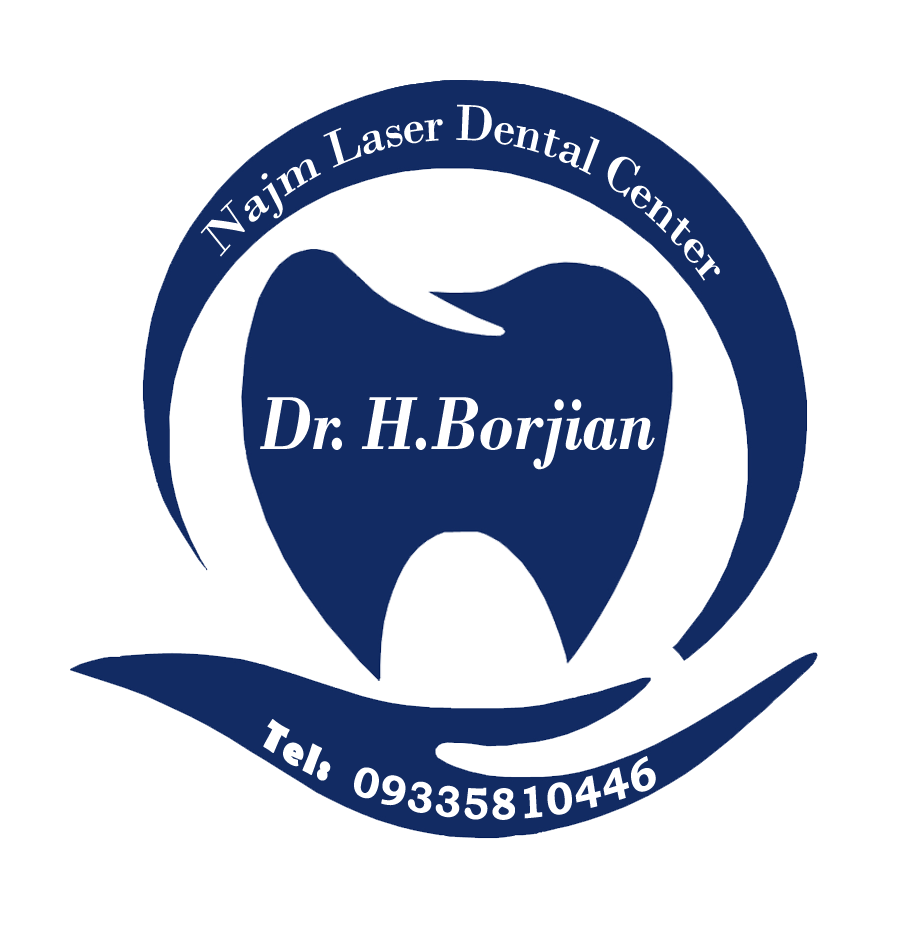بررسی زمان و میزان مصرف آنتی بیوتیک برای عفونت دندان
عفونت دندان حفره ای از چرک (Abscess) است که در اثر تکثیر باکتری ها ایجاد می شود.معمولاً یک آبسه در پالپ – بافت نرم و زنده داخل دندان – ظاهر می شود. آبسه پری اپیکال از عفونت در پالپ ایجاد می شود که در ریشه دندان آبسه ایجاد می کند، در حالی که آبسه پریودنتال بین دندان و بافت لثه اطراف ایجاد می شود. We intend to continue this article from Dr. Hossein Borjian's website The best implant in Isfahan به مطالعه و بررسی زمان و میزان مصرف آنتی بیوتیک برای عفونت دندان بپردازیم.
علائم عفونت دندان ممکن است شامل دندان درد شدید، حساسیت به گرما و سرما، تورم غدد، تورم در لثه ها، بوی بد دهان و درد هنگام جویدن باشد.اگر عفونت به استخوان های اطراف سرایت کند، ممکن است تهدید کننده زندگی باشد. دندانپزشک شما ممکن است آنتی بیوتیک برای رفع عفونت دندان شما تجویز کند.درباره آنتیبیوتیکها برای عفونتهای دندان، از جمله چرایی استفاده از آنها و سرعت عملکردشان بیشتر بدانید.
زمان استفاده از آنتی بیوتیک برای درمان عفونت دندان
عفونت دندان همیشه به آنتی بیوتیک نیاز ندارد.در بسیاری از موارد، ممکن است خود به خود برطرف شوند.شستشو با آب نمک گرم یا مصرف داروهای بدون نسخه، مانند Non-steroidal anti-inflammatory drugs (NSAIDs), may help reduce tooth pain and swelling. American Dental Association (ADA) recommends that dentists avoid prescribing antibiotics for most dental infections due to possible side effects. Dental treatments, such as drainage, deep cleaning or root canals (Removing the infected pulp from the tooth) It may be necessary sometimes.
Suggested content : Benefits and side effects of dental fluoride therapy
However, if you are immunocompromised (You have a weak immune system) Or, if your tooth infection is spreading, your dentist may prescribe antibiotics. 5 Some signs that your tooth infection is getting worse may include::
- Then
- tiredness
- Boredom (A general "bad feeling".)
- Swelling in the jaw or neck
- Severe pain or swelling that does not go away.
If left untreated, a tooth infection can spread to the surrounding bones and tissues. This can lead to serious health complications, including::
- Tooth loss
- Blood infection
- Pneumonia (Lung infections)
- brain infection
- Endocarditis (Infection in the heart)
If you have a severe tooth infection, your dentist may prescribe a course of antibiotics to prevent it from spreading. Antibiotics may prevent tooth loss and other serious health complications.

Time to visit the dentist
اگر مشکوک به عفونت دندان هستید، مهم است که فوراً به دنبال درمان دندانپزشکی باشید. اگر دندان درد دارید که از بین نمیرود، اگر لثههایتان قرمز و ملتهب است، یا اگر متوجه حبابهای جوش مانند در امتداد خط لثهتان شدید، با دندانپزشک خود وقت ملاقات بگیرید.
Your dentist can diagnose your tooth infection with a thorough physical exam. Your healthcare provider may tap on your teeth or ask you to bite down to assess how much pain you feel. They may also order imaging tests. such as dental x-rays.
If your tooth infection is severe or persistent, your dentist may prescribe antibiotics. The purpose of taking antibiotics for a tooth infection is to prevent tooth loss and other serious health complications..
According to the ADA, first-line antibiotics for dental infections include::
- Oral amoxicillin
- Oral penicillin V potassium
Amoxicillin and penicillin V potassium are both in a class of antibiotics known as penicillin-type drugs. They work to fight infections by killing bacteria or stopping their growth. Penicillins are not effective for treating viral infections.
If you are allergic to penicillin-type drugs, your dentist may prescribe one of the following antibiotics instead.:
- Oral azithromycin
- Oral clindamycin
- Oral cephalexin
- Azithromycin, clindamycin, and cephalexin are all commonly used to treat bacterial infections..
رایج ترین دارو های درمان عفونت دندان
Penicillin-type drugs, such as amoxicillin and penicillin V potassium, are usually the first-line antibiotics that dentists prescribe to treat dental infections.. However, allergic reactions to penicillins are common. If you have a history of allergy symptoms after taking penicillin-type drugs. (such as hives, swelling or low blood pressure) If you have, tell your dentist. They may prescribe a macrolide antibiotic, such as clindamycin, to clear up your infection..
In some cases, your dentist may prescribe a different type of antibiotic, such as:
- Augmentin (Amoxicillin with clavulanate)
- Flagyl (Metronidazole)
These medications are usually prescribed if other antibiotics have not worked to treat your symptoms or if your dental infection has started to spread..
Dr. Hossein Borjian's Instagram page The best implant in Isfahan
میزان مجاز مصرف داروها
The current ADA recommendations for drug dosing for dental infections are as follows:
Oral amoxicillin: 500 mg, three times a day
Oral penicillin V potassium: 500 mg, four times a day
Oral azithromycin: 500 mg on the first day and then 250 mg for four days
Oral clindamycin: 300 mg, four times a day
Oral cephalexin: 500 mg, four times a day
Duration of antibiotic use for dental infection
These are the current ADA recommendations for antibiotic duration for dental infections:
- Oral amoxicillin: Three to seven days
- Oral penicillin V potassium: Three to seven days
- Oral azithromycin: five days
- Oral clindamycin: Three to seven days
- Oral cephalexin: Three to seven days
برخی از علائم Tooth infection شما باید پس از دو تا سه روز از بین برود. However, it is important to take the full course of antibiotics as prescribed by your dentist. It is important to take antibiotics exactly as prescribed, even if you feel better quickly. If you stop taking antibiotics too soon, your infection may persist. You can also risk developing a bacterial infection. Increase antibiotic resistance.
Ways of communication with the specialized dental center of Najm
Attention :
- The scientific accuracy of the above published material should be confirmed by the patient's personal consultation with Dr. Borjian.
- This article is managed and published by the site admin.



